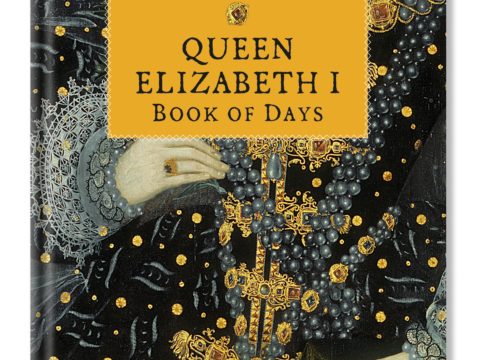Codes & Ciphers
Chapter 3 : The Babington Plot
The use of a cipher was key to the Babington Plot, and the eventual execution of Mary, Queen of Scots. Mary had an agent in Paris, Thomas Morgan, who sought to re-establish communications with the queen, after she had been placed under the strict guardianship of Sir Amyas Paulet. Morgan recruited a young Catholic gentleman, Gilbert Gifford, who had been educated in Rome.
Gifford returned to England, but his travels had been noticed by one of Walsingham’s men in Paris, Nicholas Berden. Gifford was arrested at Rye around 20th November 1585. He emerged from his interrogation by Walsingham and Phelippes as an agent for the English crown. Gifford returned to Paris, with the story of an escape from English government clutches. Morgan instructed him to find a way to convey letters which had been collecting at the house of the French ambassador in London, to Chartley, in Staffordshire, where Mary was held.
Gifford, secretly aided by Paulet, then made contact with Mary’s secretaries at Chartley, Charles Nau and Gilbert Curll. A scheme was set up to send Mary enciphered letters, hidden in beer barrels. Gifford, of course, knew that the brewer providing the beer was also in the pay of Walsingham and that all letters sent in and out would be intercepted and read.
Eventually, Mary received a letter from another young Catholic gentleman, Anthony Babington, outlining a plot to assassinate Elizabeth, rescue her, and make her queen. Mary replied, but dictated her answer to her secretary, who put it into cipher. Whilst not explicitly condoning the assassination, she did not condemn it, merely requesting further details. Phelippes deciphered the letter and sent it on its way to Babington – although it now contained a postscript, drafted by either Phelippes or Walsingham. This requested the names and details of the six men who would assassinate Elizabeth.
The doctored letter was not shown at Mary’s trial, merely the original transcript. Mary pointed out that there were no letters in her handwriting conniving at the death of Elizabeth, and denied ever having received a letter from Babington. But her secretary, Nau, had confessed to writing the letter at the queen’s dictation, although he claimed to have tried to dissuade Mary from responding.
There was no escape for Mary, who was executed in February 1587, much to the satisfaction of Walsingham, who genuinely believed that an existential threat to English security had been eliminated.
